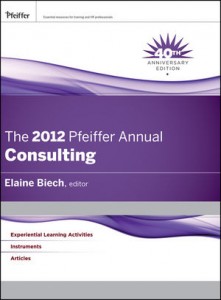LinkedIn Isn’t Enough
“I’m on LinkedIn. Isn’t that enough networking?”
Truth be told: this question still makes me wince. But it’s a fair question. Awareness of networks is so new that, when we talk about networks, most people think of Facebook and LinkedIn. What’s the difference?
Facebook, LinkedIn, Twitter, and similar programs are tools that are used to help you interact with your network. You connect with colleagues, friends, and people who share interests with you (maybe you both “like” chocolate on Facebook or you both belong to the Linked:HR group). Facebook and LinkedIn give you pictures of your first degree of connection. LinkedIn also shows you your second and third degrees of connection.










